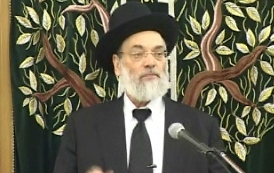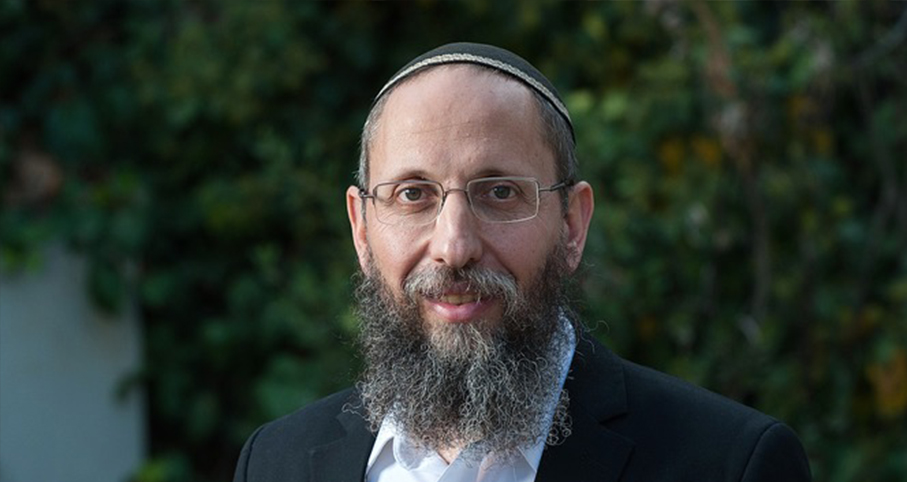Beit Midrash
- Torah Portion and Tanach
- Bamidbar
- Bamidbar
The Torah study is dedicatedin the memory of
Yaakov Ben Behora
The Malbim, in his sefer, Eretz Hemdah, makes the following observation. The stars’ positions, in terms of our observation from the ground, change in two ways. They move as a unit from east to west [as the earth rotates]. Individual stars also change their positions in relation to each other within the cosmos. This dichotomy points at the double identity of the star, as an integral part of the tapestry of the sky’s legions and as an individual world unto itself. The difference between the two p’sukim hints at this. One pasuk refers to the name (singular) of the stars, whereas the other refers to their names (plural). Names connote identity, so the former hints to their joint identity and the latter to their individual identity.
The Malbim says that the same is true for members of Bnei Yisrael. The individual is counted as an integral part of one grand number. On the other hand, the pasuk, "ish ish lamateh" (literally, each man to a tribe) hints that each individual is considered like an entire tribe. A Hasidic approach to this concept is based on a halacha. When a single object that is counted by unit (not measured by volume or weight) is lost in a large mixture, it is not batel (rendered halachically insignificant). So too, the individual in Klal Yisrael is counted, and thus his individual character remains intact.
The double count also reminds us of the counting of the days of the omer. On one level we have 49 days, each of which is equally necessary to fulfill the mitzva and to reach Shavuot. On the other hand, the Kabbalists have attached to the seven days and seven weeks characteristics, such as chesed, gevura, etc. We too, are equal individuals, who are broken up by tribe and family, and by personal attributes and history.
One can also answer the contradiction about the ability to count by saying that Hashem can count the stars (as the p’sukim describe) and the nation, but man cannot. There are many stars that we cannot see, certainly not with the naked eye. Also the more we shine light at the sky, the fewer stars we can see. Inter-personally also, the less we shine our own light at others’ domains and the finer the "equipment" we develop to observe them, the more we will discover other people and the light they are capable of shining.






















